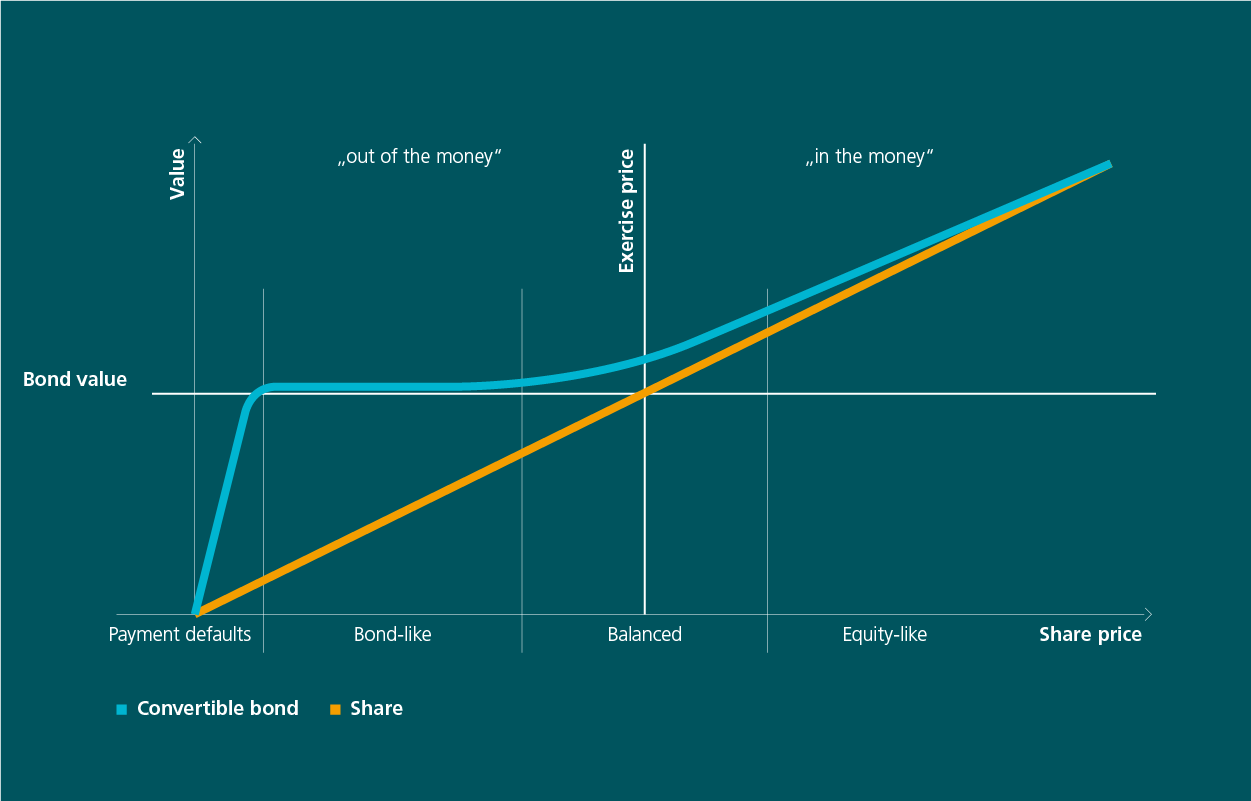Convertible bonds are a special form of investment where bonds can be converted into equities of the issuing company. This type of bond is currently enjoying a boom – in 2018 companies worldwide issued convertible bonds worth over 100 billion dollars. This type of investment provides many benefits for investors in an uncertain market environment. Their potential returns are almost as high as those of shares, but they also offer the stability and regular interest income of corporate bonds. This means they are ideal for investors seeking to assume a low level of risk but who also wish to benefit in the event of rising equity prices.



